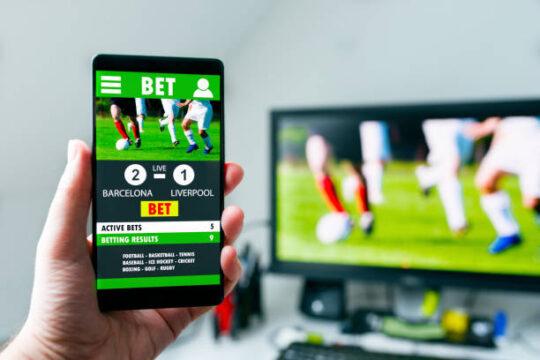It is only possible for agents to make bookings for functions that involve performers. An agent may be responsible for making bookings for more than one performer. In this example, all performers must be represented by agents, and each performer has only one agent. The agents themselves need not be responsible for making bookings for performers, and can be involved in other activities. A single relation will be able to represent the information represented by each entity and the relationship that exists between them.
It provides criteria for data processing operations that make it possible to design data flows and also control the flow of data in the system. A data architecture describes the data structures used by a business and/or its applications. There are descriptions of data in storage and data in motion; descriptions of data stores, data groups and data items; and mappings of those data artifacts to data qualities, applications, locations etc. A data model can sometimes be referred to as a data structure, especially in the context of programming languages. Data models are often complemented by function models, especially in the context of enterprise models. A data model is an abstract model that organizes elements of data and standardizes how they relate to one another and to the properties of real-world entities.
One is the entity itself and the other is the object it’s related to. For example, in my entity-relationship diagram for a person, the person itself is the center. For example, in my entity-relationship diagram for an organization, the organization itself is the center. In a relationship diagram, the center of the relationship is called the base. Consider the relationships between all entities and relate them with proper cardinality (e.g A one-to-many between entity Customer and Order).
An implementation-ready data model needn’t necessarily contain enforceable rules to guarantee the integrity of the data. Disjoint subtypes are subtypes that contain nonunique subsets of the supertype entity set. Explain what is meant by one-to-one, one-to-many and many-to-many relationships between entities, giving an example of each. We know that if we are dealing with many-to-many relationships, we have to decompose them into two one-to-many relationships. Here we can see that if we leave a many-to-many relationship as it is, it will be represented by three relations just as if we had converted it into two one-to-many relationships.
The first step in building an entity-relationship diagram is to know the entity. For example, the first step in building an entity-relationship diagram is to know the entity. While outkast clothing line all the three levels of an ER model contain entities with attributes and relationships, they differ in the purposes they are created for and the audiences they are meant to target.
While cardinality specifies the occurrences of a relationship, ordinality describes the relationship as either mandatory or optional. In other words, cardinality specifies the maximum number of relationships and ordinality specifies the absolute minimum number of relationships. From the above scenario, we can see that the nature of the relationship is many-to-many. Relational databases do not support many-to-many relationships.
This could be a customer, a manager, an invoice, a schedule, etc. Draw a rectangle for each entity you can think of on your page. Actions, which are represented by diamond shapes, show how two entities share information in the database.In some cases, entities can be self-linked. If you have an existing database you need to to document, you create a database diagram using data directly from your database.
Although a logical data model is still independent of the actual database system in which the database will be created, you can still take that into consideration if it affects the design. We could imagine a situation where each performer could be represented by a number of different agents, and could also make bookings without using an agent. In addition, each agent could act for a number of different performers, and the agents could also make bookings that did not involve performers. This would be modelled by a many-to-many relationship between performers and agents that was optional for both entities. The entity relationship diagram above illustrates optional participation for a performer, but mandatory participation by an agent.



